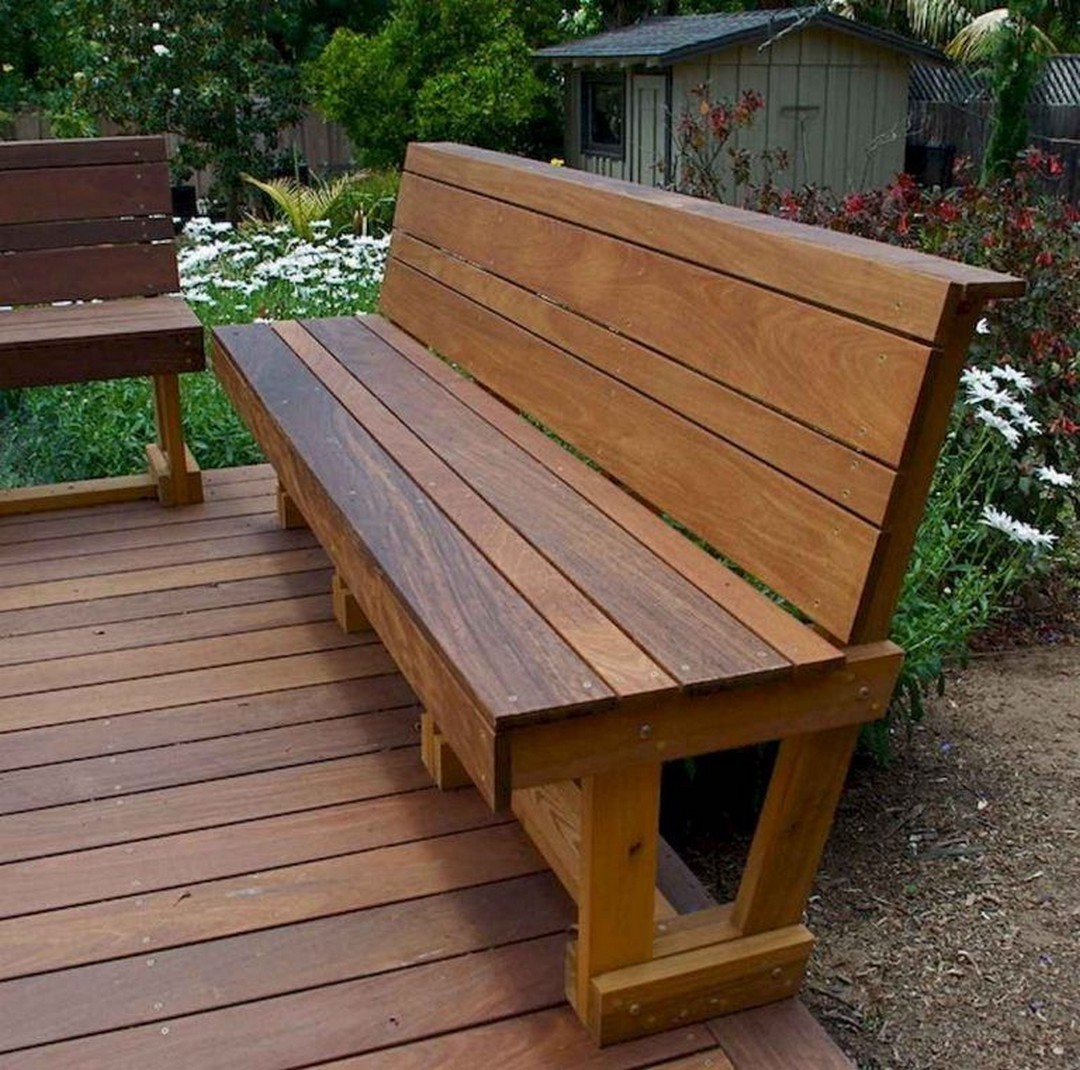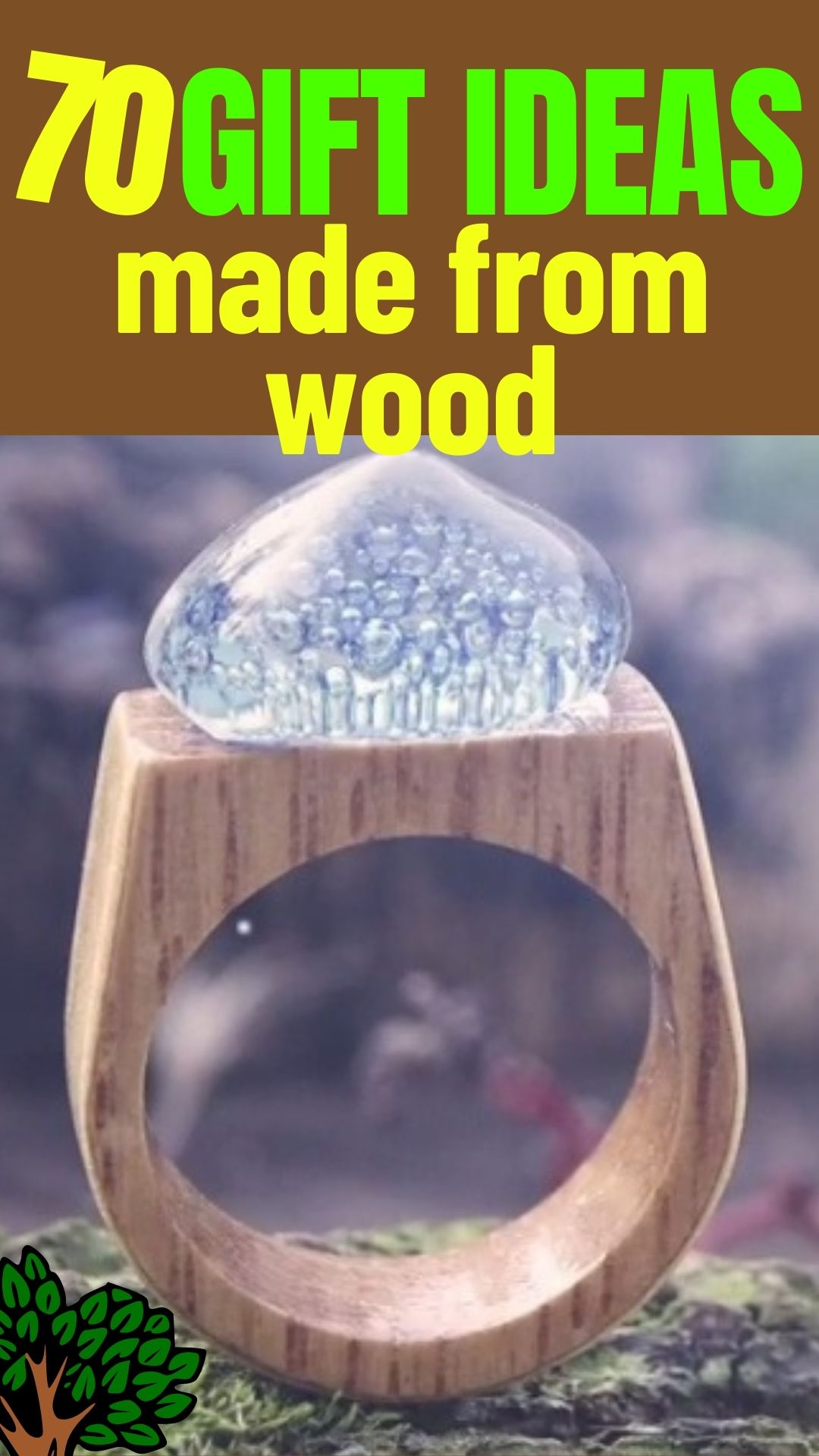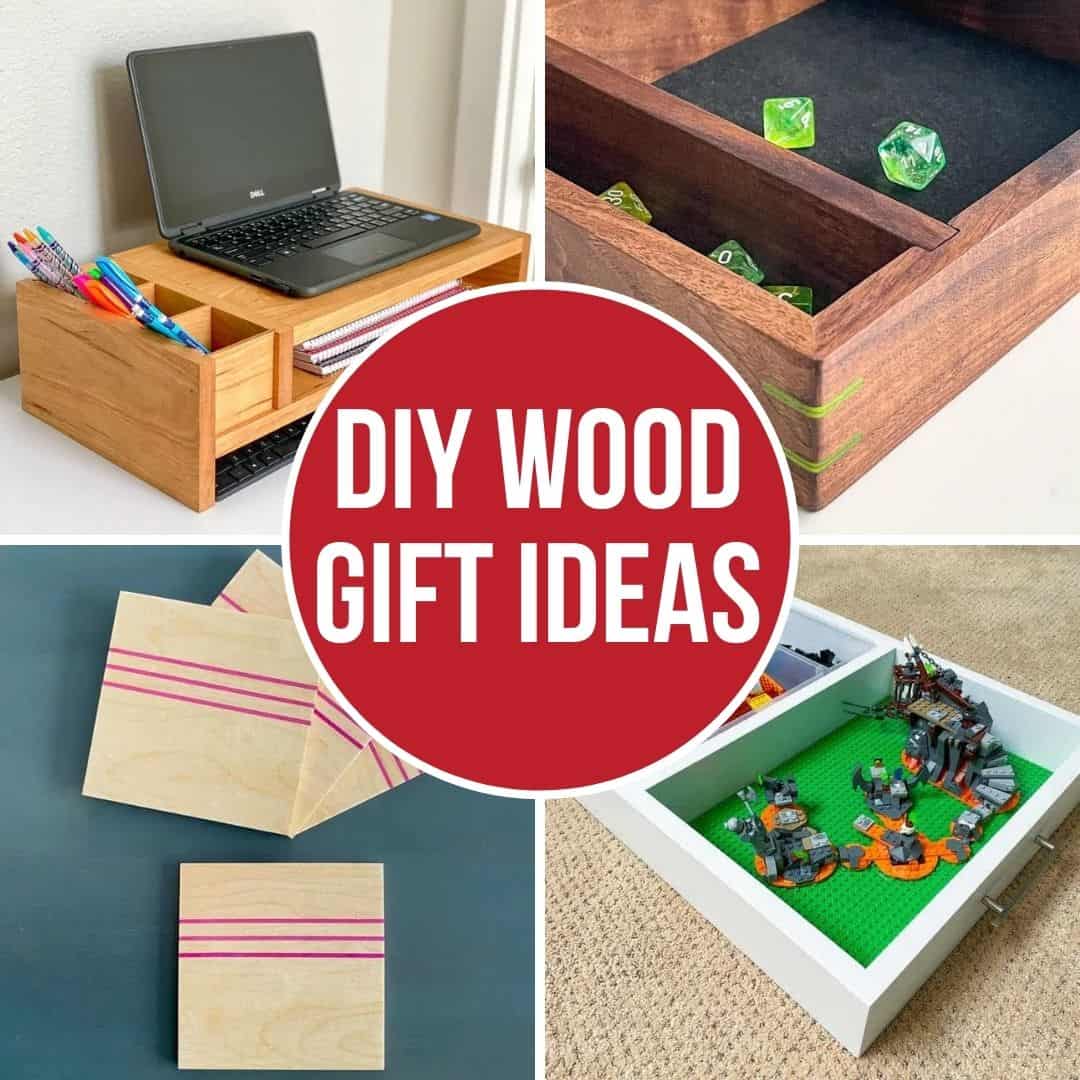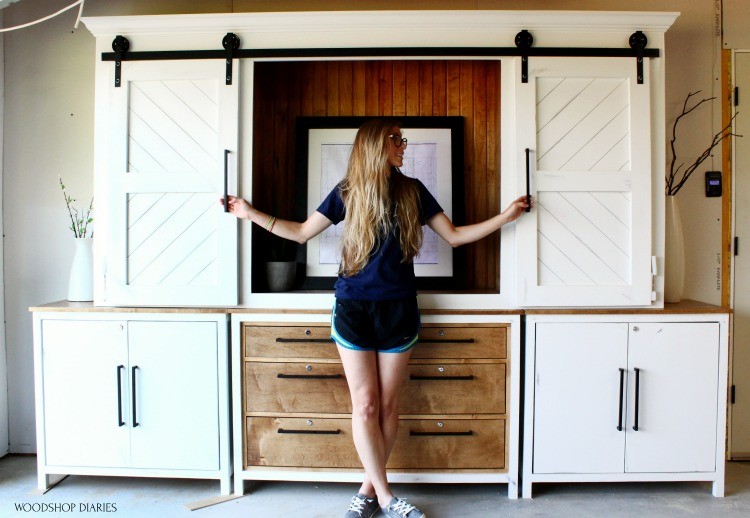
Build a Floating Shelf Unit for Multiple Uses
Looking to add some stylish storage and organization to your home without taking up valuable floor space? Look no further than a floating shelf unit. This versatile piece of furniture can be used in any room, from the living room to the bedroom to the bathroom. In this article, we will guide you through the process of building a floating shelf unit, equipping you with the skills to create a custom piece that perfectly complements your space.
Materials You'll Need
Before you begin, gather the following materials:
- Wood boards (pine, maple, or oak are good choices)
- Brackets (metal or wood)
- Screws (matching the brackets)
- Level
- Tape measure
- Pencil
- Drill
- Safety goggles
- Saw (circular, jigsaw, or hand saw)
- Sandpaper
- Wood stain or paint (optional)
Planning Your Floating Shelf Unit
The first step is to plan out the size and design of your shelf unit. Consider the following:
- Location: Where will the shelf unit be placed? Measure the available space and consider the weight it will need to support.
- Number of shelves: How many shelves do you need? This will depend on the purpose of the unit and the items you plan to store on it.
- Style: Do you want a simple and modern look, or something more traditional? Choose wood and brackets that reflect your desired style.
- Depth: How deep do you want your shelves to be? This will determine the size of items you can store.
Choosing the Right Wood
The type of wood you select will have a significant impact on the look and durability of your floating shelf unit. Pine is a budget-friendly option that is lightweight and easy to work with. Maple is known for its beautiful grain patterns and durability. Oak is a strong and long-lasting wood that is ideal for heavy-duty shelves.
Selecting Brackets
The brackets are what hold your shelves up, so it's important to choose the right ones. Metal brackets offer a sleek and modern look, while wooden brackets provide a more traditional aesthetic. Consider the weight your shelves will be supporting when selecting your brackets.
Building the Shelves
With your materials ready, you can begin building your floating shelves:
- Cut the wood boards to the desired length and width using a saw. Be sure to make precise cuts for a clean finish.
- Sand the edges of the boards to smooth out any rough spots and create a more polished look. Use a variety of grit sandpaper, starting with a coarser grit and finishing with a finer grit.
- Apply wood stain or paint to the boards (optional). Follow the manufacturer's instructions for the best results.
Attaching the Brackets
Once your shelves are ready, you can attach the brackets:
- Locate the desired position for your shelves on the wall. Use a level to ensure that the brackets are positioned straight.
- Mark the wall with a pencil where you will attach the brackets.
- Drill pilot holes at the marked spots to prevent the wood from splitting when you drive in the screws.
- Attach the brackets to the wall using the screws provided. Make sure the screws are long enough to secure the brackets firmly.
Installing the Shelves
Now, it's time to install the shelves onto the brackets:
- Carefully lift the shelves and slide them onto the brackets. Ensure that the shelves are level and secure.
- If necessary, use additional screws to further secure the shelves to the brackets.
Finishing Touches
With your floating shelf unit complete, you can add a few finishing touches to make it truly your own. Consider adding some decorative elements, such as:
- Plants: Add some greenery to brighten up your space and add a touch of nature.
- Candles: Create a cozy and inviting atmosphere with candles. Choose scented candles to fill your room with delightful aromas.
- Artwork: Display your favorite pieces of artwork on the shelves to personalize the space.
Conclusion
Building a floating shelf unit is a rewarding project that allows you to unleash your creativity and add functional storage to your home. By following these steps and utilizing the right materials, you can create a beautiful and practical piece of furniture that will be enjoyed for years to come.




/DIY Woodworking Projects Crafting with Confidence and Creativity.webp#keepProtocol)











